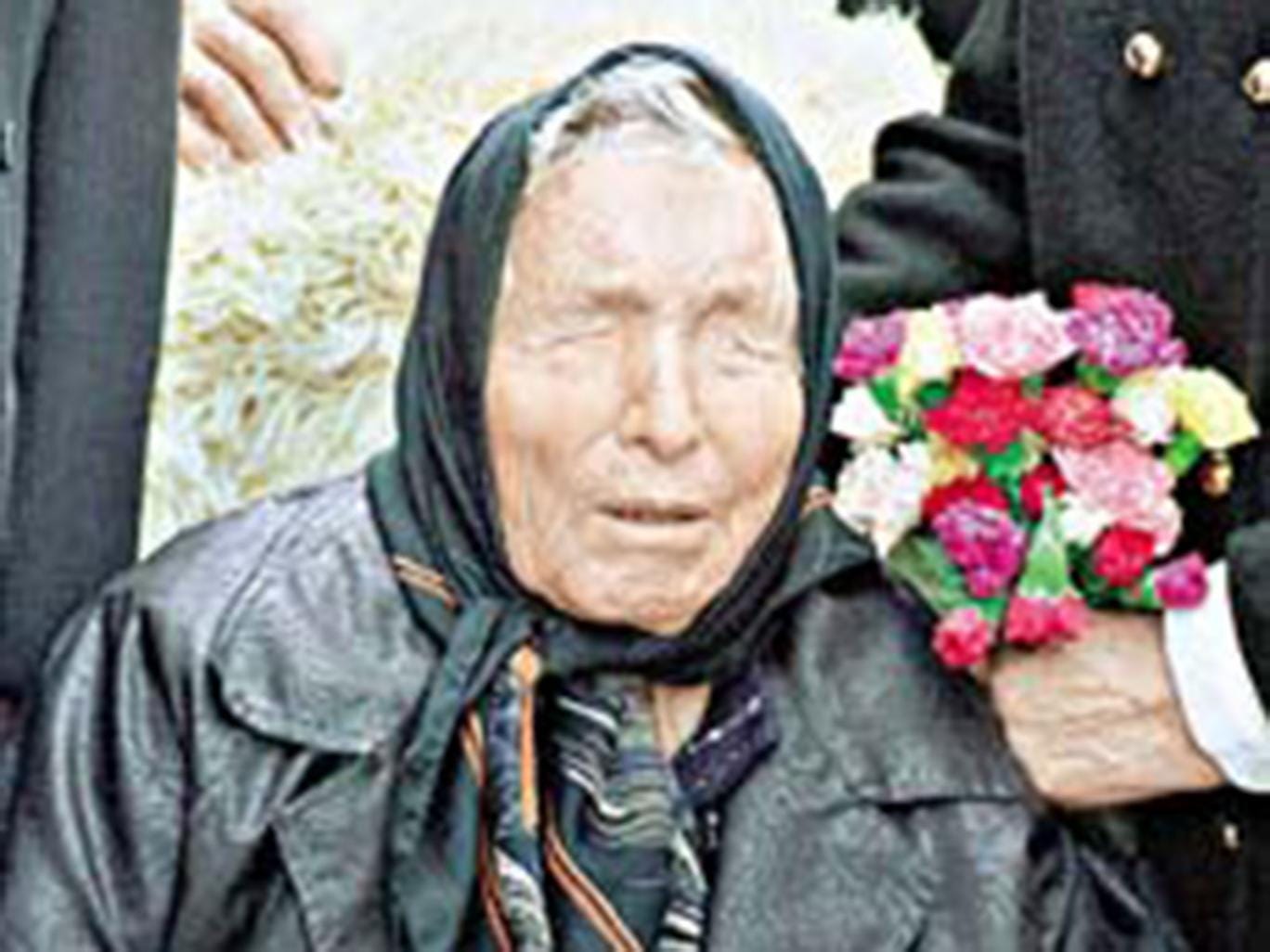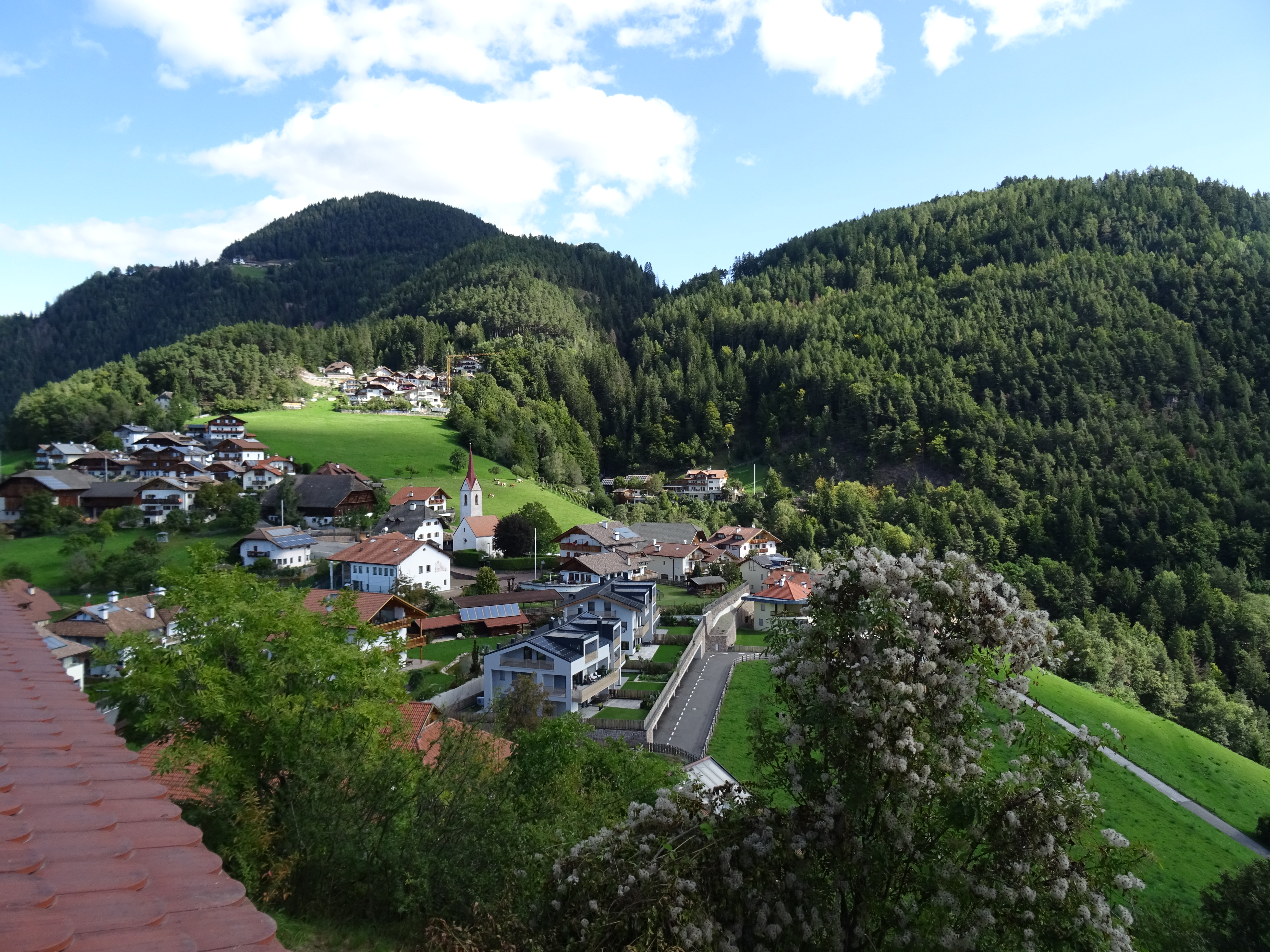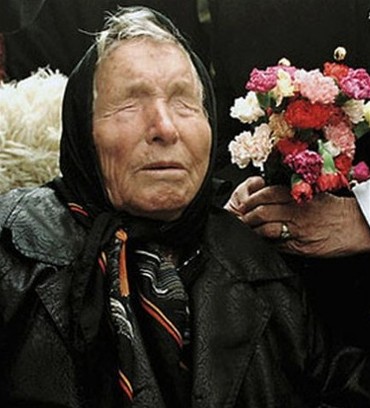Vanga
Weißkopfvanga ( Artamella viridis)
The Vangawürger ( Vangidae ), also called Blue Strangler, form a family in the order of perching birds ( Passeriformes ). Vangawürger come exclusively in Madagascar and the neighboring Comoros. The family includes 15 genera with 21 species.
The Vangawürgern is very different and specialized songbirds that have evolved as an isolated island species. Much like Darwin's finches ( Galapagos Islands) or the clothes Birds ( Hawaii) occupied the individual species due to lack of competition different ecological niches and developed in the course of evolution far apart. However, by the few unique features, such as skull structure and Gaumenbau, they are assigned to a family.
Features
The most distinguishing features are made between species in size, plumage color and beak shape. So the Sichelvanga ( Falculea palliata ) has a long, saber -like beak, which Helmvanga ( euryceros prevostii ) over a heavy, thickened beak, slightly arching upwards and touches down on the crown and the Hakenvanga ( Vanga curvirostris ) has a straight beak, the hook-shaped bend at the end of the upper mandible downward. Thus, the bill has adapted to the search for food and nutrition in the course of evolution.
One of the greatest types of Sichelvanga part with 32 centimeters; the smallest species are the Elstervanga ( Leptopterus chabert ) and the Rotschwanzvanga ( Calicalicus madagascariensis ) with about 14 centimeters.
Occurrence and life
Vangawürger are endemic to Madagascar, with the exception of Blauvangas ( Cyanolanius madagascarinus ), the inhabited areas in the Comoros. Individually or in small groups, they go looking for food. Keep preferably in the dense canopy of forests and feed on the occurring on the leaves, twigs and branches insects and other invertebrates. The Kleibervanga ( Hypositta corallirostris ) has specialized as the nuthatch ( Sitta europaea) to the hidden loot in the cortical columns of the trees. However, in contrast to the Kleiber he runs up high the trees.
Your cupped nests they create in the trees. Hatched usually from October to January, with the exception of Kleibervangas and Schwarzvangas ( Oriolia bernieri ) that nest in August and September. A clutch is composed of one to four eggs that are colored differently depending on the type. As nesting material use Vangas among other rootlets, leaf stalks, moss or even cobwebs.
Threat
From the IUCN the Helmvanga, the Rotschultervanga ( Calicalicus rufocarpalis ) and the Schwarzvanga are listed as threatened ( Vulnerable ) since 2000. The main cause is deforestation. The reasons were to small population size and limited distribution to small areas, and particularly in the Helmvanga the dismembered by the deforestation populations.
Genera and species
The family consists of 15 genera with 21 species. The identity of the Short-toed - Kleibervangas, which was described only in 1996 because of two bellows in the Senckenberg Museum, has been found to be juvenile specimen of Weißkehlfoditany due to a new genetic analysis in 2013. The bellows were in 1931 in the south-east of Madagascar, near the town Tolagnaro collected.
- Artamella Weißkopfvanga ( Artamella viridis)
- Rotschultervanga ( Calicalicus rufocarpalis )
- Rotschwanzvanga ( Calicalicus madagascariensis )
- Blauvanga ( Cyanolanius madagascarinus )
- Helmvanga ( euryceros prevostii )
- Sichelvanga ( Falculea palliata )
- Kleibervanga ( Hypositta corallirostris )
- Elstervanga ( Leptopterus chabert )
- Crossley- Vanga ( Mystacornis crossleyi )
- Rostbauchnewtonie ( Newtonia brunneicauda )
- Olivbauchnewtonie ( Newtonia amphichroa )
- Braunstirnnewtonie ( Newtonia archboldi )
- Fanovananewtonie ( Newtonia fanovanae )
- Oriolia Schwarzvanga ( Oriolia bernieri )
- Ward snapper ( pseudo bias wardi )
- Rotvanga ( Schetba rufa)
- Bülbülvanga ( Tylas eduardi )
- Hakenvanga ( Vanga curvirostris )
- Pollen Vanga ( Xenopirostris polleni )
- Van Dam Vanga ( Xenopirostris Damii )
- Schmalschnabelvanga ( Xenopirostris xenopirostris )









